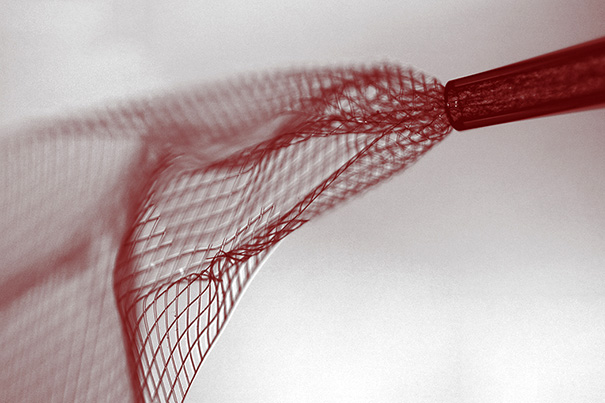(June 9, 2015) It’s a
notion that might have come from the pages of a science-fiction novel — an
electronic device that can be injected directly into the brain, or other body
parts, and treat everything from neurodegenerative disorders to paralysis.
Sounds unlikely, until you visit Charles Lieber’s lab.
Led by Lieber, the Mark Hyman Jr. Professor of Chemistry, an
international team of researchers has developed a method of fabricating
nanoscale electronic scaffolds that can be injected via syringe. The scaffolds
can then be connected to devices and used to monitor neural activity, stimulate
tissues, or even promote regeneration of neurons. The research is described in
a June 8 paper in Nature Nanotechnology.
In an earlier study,
scientists in Lieber’s lab demonstrated that cardiac or nerve cells grown with
embedded scaffolds could be used to create “cyborg” tissue. Researchers were then
able to record electrical signals generated by the tissue, and to measure
changes in those signals as they administered cardio- or neuro-stimulating
drugs.
“I do feel that this has the
potential to be revolutionary,” Lieber said. “This opens up a completely new
frontier where we can explore the interface between electronic structures and
biology. For the past 30 years, people have made incremental improvements in
micro-fabrication techniques that have allowed us to make rigid probes smaller
and smaller, but no one has addressed this issue — the electronics/cellular
interface — at the level at which biology works.”
read also >>


